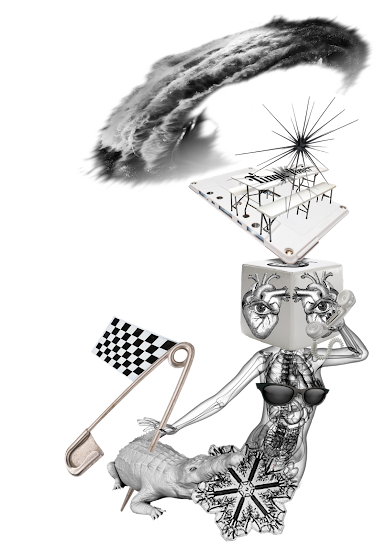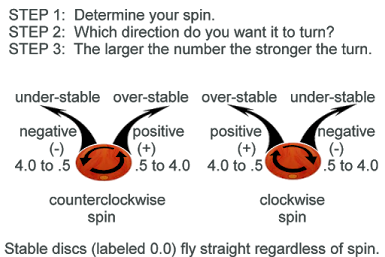I provide this small list of items I wish I'd discovered when I was younger, don't know how I got-by without previously, strongly recommend now, and would immediately replace if lost. Although approximate 2020 prices are included, I suggest using camelcamelcamel to know if the current price is high or low (relative to previous prices). The links to Amazon are for ease of identification and are not sponsored links.
This CGEAR ground-cover/mat is not only for camping and picnics, but can be staked down in high winds with attached eye-rings. It was designed to be utilized as a beach blanket, to prevent sand from being carried back to the vehicle, but I use it primarily as a base for stargazing (keeps clothes / top blankets dry) and as a 'home base' when exploring the forest with my cat.
Available in several sizes; the 8' x 8' is between $50 - $80.
The DURALEX Unie glass has a perfect heft, volume, shape, and size. It holds 20oz (560ml), weighs 9 ounces (250g) and is made of tempered Duralex, which is the same material as vehicle glass. If it breaks it shatters into tiny square pieces and not into sharp shards.
There's only one perfect size: French pint tumbler goblet $10 - $15.
Having a favorite bar of soap is a first, for me—but I am so dedicated to the smell, creamy texture, and longevity of these triple-milled Wavertree & London (lemongrass and lemon myrtle scent) bars, I keep a "back stock." (It's not hoarding if you only keep a 6 month supply is it?)
Large bar, made in Australia: $9 - $10.
This Ibiyaya double-compartment backpack is sold as a pet carrier (definitely great for cats) but—as a backpack—it is durable, ergonomically-comfortable, and luxuriously outfitted with great details (which you weren't even aware you'd appreciate, until you discover them in this fantastic piece of high-end luggage).
Overall size: 22"x15"x11.5"; $145 - $160.






































































